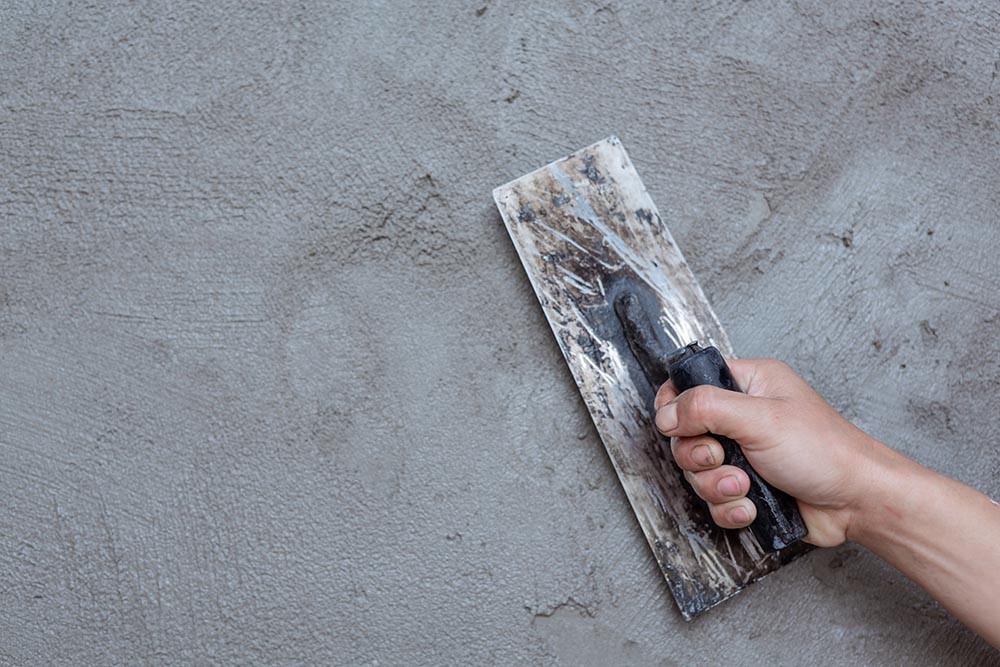Marmorino is plaster made from lime putty and ground marble. It is a product that can be used on different surfaces, such as wood, concrete and metal. Lets know in details about what is Marmorino. The purpose of marmorino is to mimic the look of marble without the cost or hassle of using real marble. It can also be used as a base coat for other paints and finishes. Marmorino can be applied in a few different ways, including brushing it on with a paintbrush or roller, or spraying it on with an airless sprayer.
Marmorino has been used since the 16th century to decorate buildings and enhance their appearance. It was especially popular during the Baroque period of art history when architects were using elaborate designs to make their buildings more impressive.
Today, marmorino is often used as a finish coat on walls that have been plastered with traditional materials such as lime putty or cement-based stucco. The effect of using marmorino is similar to using marble chips in plaster, but it takes less time and effort because it does not require any special tools or equipment for installation.
Marmorino was used both as an aesthetic element and as a structural component. The material was most often used to imitate marble, which was very expensive at the time. It was also used in conjunction with stone to create faux painted finishes on walls, ceilings and floors. For example, the use of marmorino helped create a more uniform look when painting frescoes on walls or ceilings in buildings with multiple levels or rooms that needed to be connected visually.
Marmorino is used to coat the surface of interior walls, to protect them from moisture and to make them look more attractive. A layer of marmorino over any wall will also help to prevent cracking due to thermal shock or moisture absorption during construction work.
The main purpose of applying marmorino is decorative finishing of interiors in historic buildings or new ones, which are built in traditional style.
Marmorino can be used for both interior and exterior wall finishes and coatings. For example: it may be applied as an additional layer over drywall or on top of other plasters (e.g., cement plaster).
When applying marmorino on drywall, it is important not to use too thin layers because they may crack when subjected to thermal expansion during heating up (in summer) and cooling down (in winter).
Marmorino was used extensively in medieval Italy because of its durability and beauty. It was also used during the Renaissance period by artists such as Michelangelo, who used it to decorate his works at the Sistine Chapel in Rome.
There are three ways you can apply marmorino to your walls or floors: using a lime putty slurry, using a lime putty coat followed by a layer of gauze and then applying a second coat of gauze over that; or applying two coats of gauze directly over the wall or floor without any other fillers in between them.

